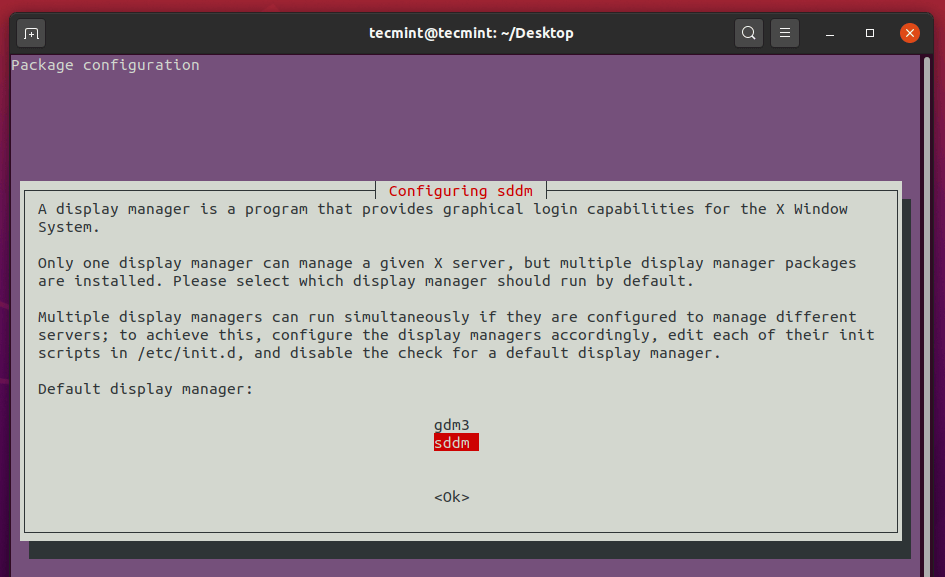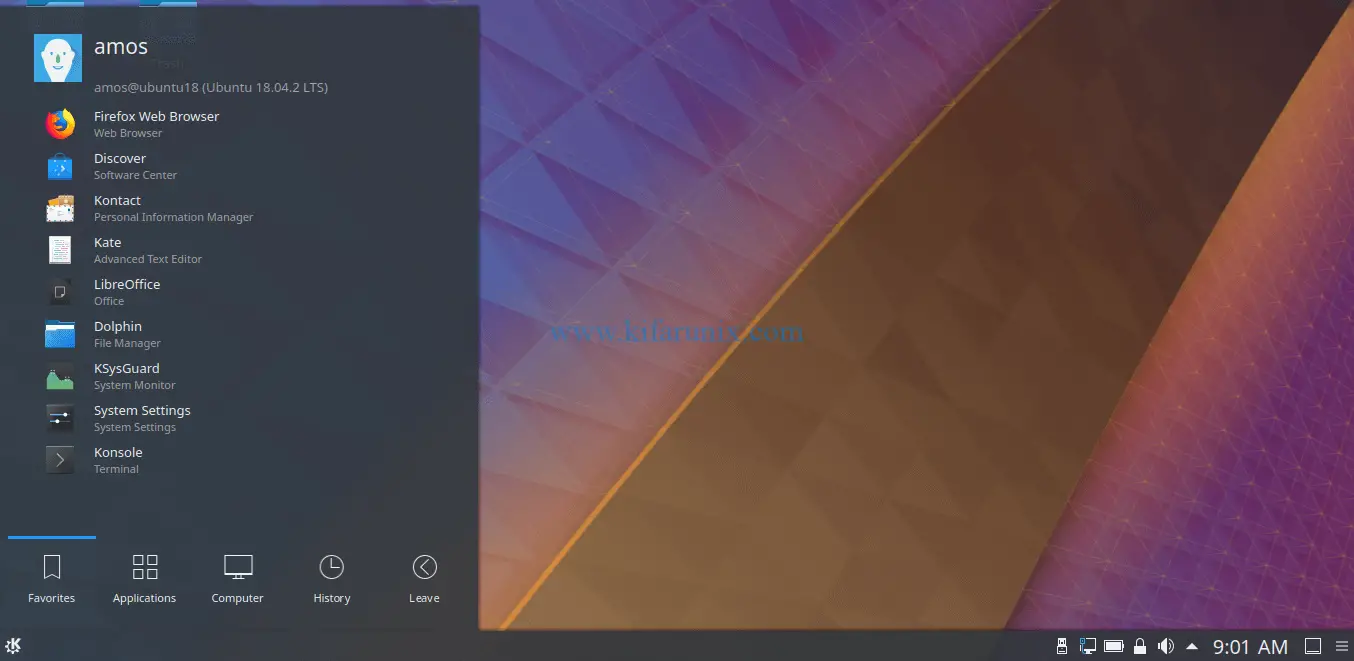

- #Install kde on fedora server how to
- #Install kde on fedora server install
- #Install kde on fedora server update
- #Install kde on fedora server software
To install this, go to the GNOME extension website. Or you can keep it stick to the left/right edge of your desktop. For example, you can autohide the GNOME Dash and bring it up with a mouse hover. The GNOME Dash can be configured as per your need using this extension. Now you can use this to change different settings of your GNOME desktop. sudo dnf install gnome-tweak-toolĪfter installation finds the GNOME Tweak toom in the application menu.
#Install kde on fedora server software
To install Open Software and search for Gnome Tweak, Or, run the below command from the terminal. For example, changing themes, enabling maximize buttons in window dialogs, and many more. This extension is super useful because of a lot of settings that require changes after a fresh installation of Fedora – GNOME edition. sudo dnf install $(rpm -E %fedora).noarch.rpm sudo dnf install $(rpm -E %fedora).noarch.rpm 4. This is because of licensing and other legal reasons and country-specific software norms as well. The RPM Fusion software repo is a community-maintained software repo that provides additional packages for Fedora Linux which is not distributed by the official Fedora team such as DVD playback, media playback, software from GNOME and KDE, etc. Then enable Tap to Click under Touchpad settings. To enable ‘Tap to click’, open Settings and go to the ‘Mouse and Touchpad’ tab. This is very annoying if you are using Laptops. I do not know why this setting is not enabled by default in most of the Linux desktops. The ‘tap to click’ option is not enabled by default. So be patient while the command executes. The first time you do this, it would take some time to get the updated repo information. You can open a terminal window and run the below command.
#Install kde on fedora server update
You need to add EPEL repository to install some packages that not available on the official repo of the CentOS 8 Linux system.The first thing that you should do after installing Fedora 33 Workstation edition is to make sure that you update the system. To install KDE group package, and you need to add EPEL repo firstly and then get a KDE Plasma desktop. And it is also a popular and beautiful graphical GUI program. KDE GUI is the desktop environment for Linux offered by the KDE development team. Step6: once your system starts up, and the login window will appear as below: Step5: reboot your system to start the server with the graphical mode(GNOME GUI). Sep 13 05:01:28 systemd: Reached target Graphical Interface. Loaded: loaded (/usr/lib/systemd/system/graphical.target indirect vendor preset: disabled)Īctive: active since Sun 05:01:28 EDT 1h 52min ago Graphical.target loaded active active Graphical Interface Outputs: ~]# systemctl list-units -type target -all | egrep graphical.target Then you can check the current default target status with the following two commands: $ systemctl list-units -type target -all | egrep graphical.target Or you can use another command to enable GUI mode on CentOS 8, type: $ systemctl isolate graphical.target Removed /etc/systemd/system/default.target.Ĭreated symlink /etc/systemd/system/default.target → /usr/lib/systemd/system/graphical.target. Outputs: ~]# systemctl set-default graphical.targe just type the following command to change the default target on your CentOS 8 Linux system. And you still need to change the default target from “ multi-user.target” to “ graphical.target”. Step4: after the installation of GUI group packages were installed successfully.

And you can type the following command to check default target. Since “ Minimal Install” was installed on your CentOS 8 system, GUI mode was disabled. Step2: install GNOME GUI by installing “ Server with GUI” or “ workstation” package group with the following command: $ dnf groupinstall “Server with GUI” -y To install KED Desktop Environment, and you can use the below one package group: Last metadata expiration check: 0:00:33 ago on Sun 06:35:52 AM EDT.įrom the above outputs, you can see all the available groups for installation, and you can use the below two group to install GNOME Desktop Environments: Step1: you need to check package group list for GNOME GUI Packages by running the following command, type: $ dnf grouplist

#Install kde on fedora server how to
The below steps will show you how to install GNOME GUI and KED GUI on CentOS 8 or RHEL 8 Linux system on the minimal server installation.


 0 kommentar(er)
0 kommentar(er)
